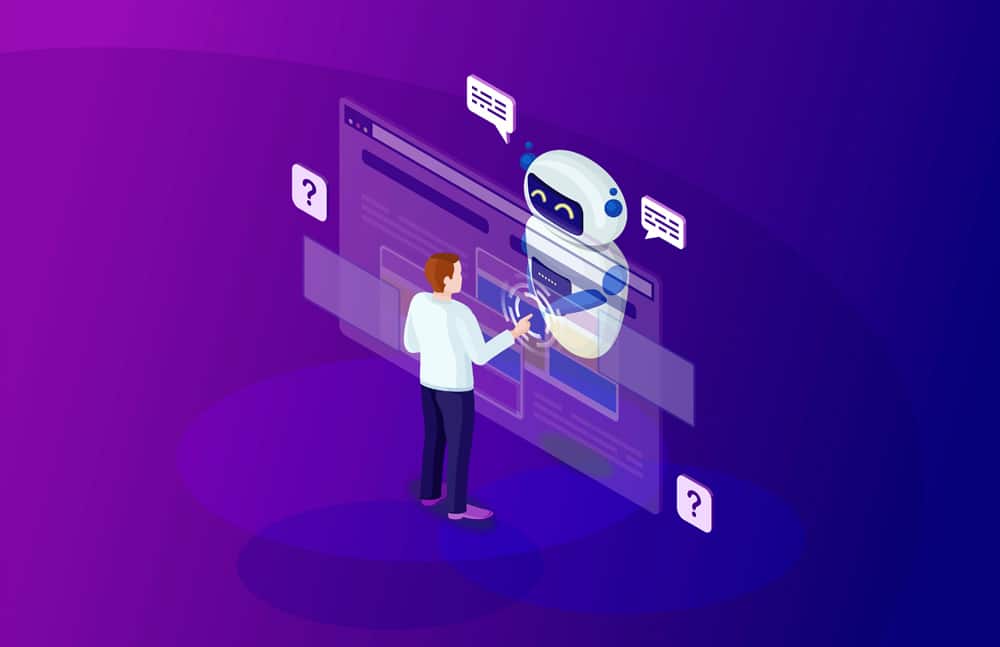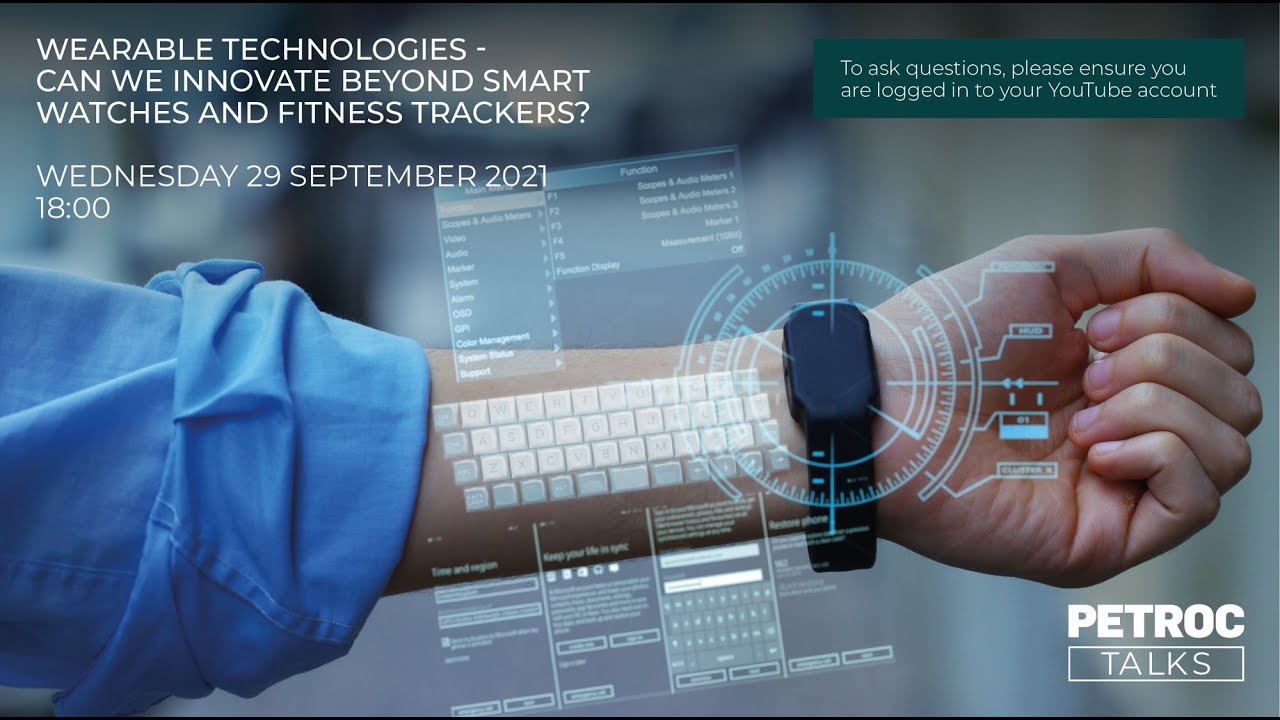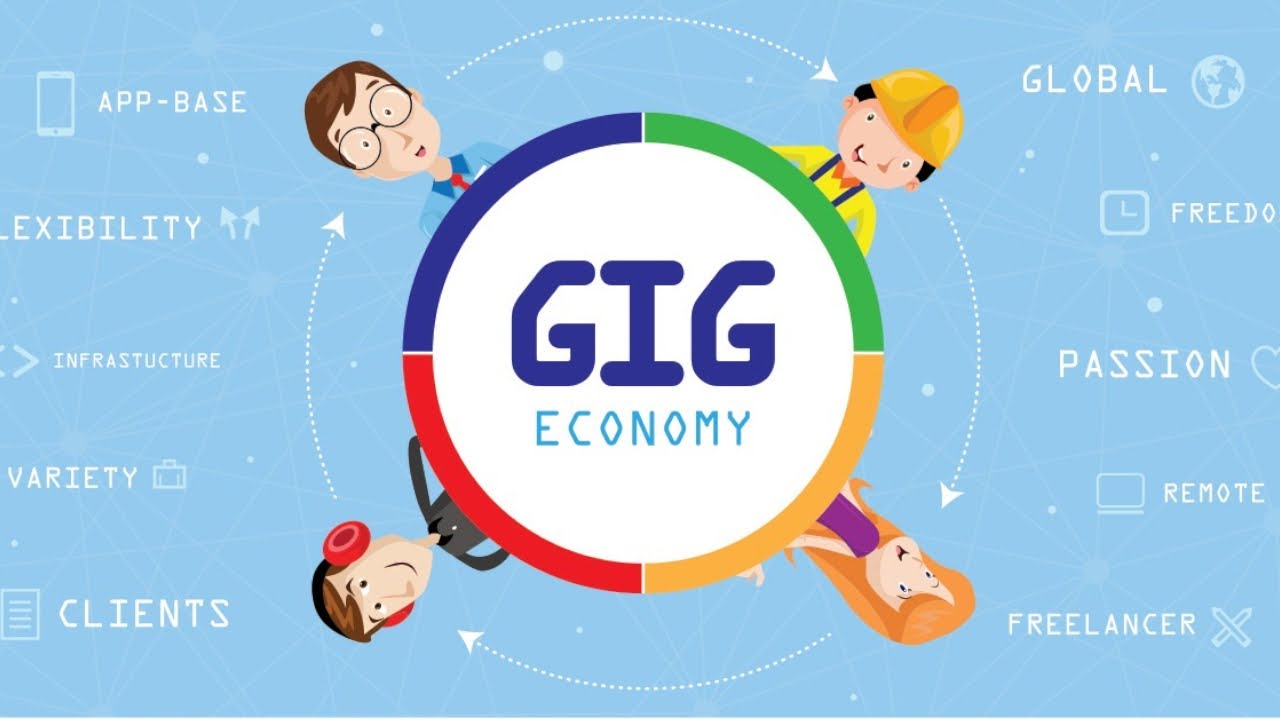How to Create Your Own AI Chatbot: A Step-by-Step Guide (2025 Edition)
AI chatbots are transforming industries—from customer service to education and e-commerce. If you’ve ever wanted to build your own, now is the perfect time. With today’s tools, you don’t need to be a machine learning expert to create a smart, helpful chatbot.
In this guide, you’ll learn how to create your own AI chatbot from scratch or with the help of powerful frameworks.
🤖 What Is an AI Chatbot?
An AI chatbot is a software application that uses artificial intelligence and natural language processing (NLP) to simulate human-like conversations. Unlike rule-based bots, AI chatbots can learn from data, understand context, and evolve over time.
🧰 Tools and Technologies You Can Use
Depending on your goals and skills, you can choose from:
- Pre-built platforms: ChatGPT API (OpenAI), Dialogflow, IBM Watson, Microsoft Bot Framework
- Custom frameworks: Python with Rasa, TensorFlow, LangChain
- Low-code platforms: Tidio, Chatfuel, ManyChat
🛠 Step-by-Step Guide to Build Your AI Chatbot
Step 1: Define the Purpose of Your Chatbot
Ask yourself:
- What will it do? (e.g., answer FAQs, take orders, give medical advice)
- Who is your audience?
- Will it live on a website, mobile app, or messaging platform?
✅ Example: A chatbot that helps customers track orders on an e-commerce website.
Step 2: Choose the Right Platform or Framework
👉 For beginners:
- ChatGPT API – Easy to integrate, powerful responses
- Google Dialogflow – Great for voice and text-based bots
👉 For developers:
- Rasa (Python) – Ideal for building custom, secure, on-premise chatbots
- LangChain + OpenAI API – Great for connecting AI with external tools and databases
Step 3: Design Conversation Flow
Use tools like draw.io, Miro, or Botmock to sketch how users will interact with your bot. Include:
- Greetings
- User intents (questions, commands)
- Bot responses
- Fallback messages
✅ Tip: Keep the tone conversational and friendly.
Step 4: Train Your AI Model (If Building Custom)
For advanced chatbots:
- Collect example phrases for each intent
- Use NLP libraries like spaCy, Transformers, or BERT
- Train using labeled datasets
✅ You can skip this if you’re using pre-trained models like GPT-4 or Dialogflow.
Step 5: Integrate NLP and Backend
- For ChatGPT, use OpenAI’s API to send user input and receive responses.
- For Rasa, define intents and entities in nlu.yml, then create responses in domain.yml.
Don’t forget to connect APIs or databases if your bot needs real-time data (like order status or weather).
Step 6: Test Your Chatbot Thoroughly
Use a sandbox or staging environment to:
- Test various user inputs
- Handle unexpected queries
- Ensure smooth conversation transitions
✅ Use analytics tools to track usage and identify drop-off points.
Step 7: Deploy Your Chatbot
Deploy to:
- Websites (via widgets or iframes)
- Messaging platforms (WhatsApp, Facebook Messenger, Slack)
- Mobile apps (via SDKs or custom APIs)
✅ Platforms like Botpress or Tidio also offer plug-and-play deployment options.
Step 8: Maintain and Improve
AI chatbots are not “set and forget.” Regularly:
- Train it on new user queries
- Update responses and features
- Analyze performance using tools like Google Analytics or Chatbase
🔐 Bonus: Ensure Data Privacy & Ethics
- Be transparent about the bot’s identity (not a human)
- Handle personal data with encryption
- Comply with GDPR or local regulations
🚀 Example Use Cases for AI Chatbots
Industry | Use Case |
E-commerce | Order tracking, product help |
Healthcare | Appointment booking, triage |
Education | Student support, tutoring |
Banking | Balance checks, transaction help |
SaaS | Onboarding, tech support |
Final Thoughts
Creating an AI chatbot is easier and more impactful than ever. Whether you’re building a simple helper or a smart assistant, the tools in 2025 allow anyone—from beginners to seasoned devs—to craft an engaging conversational experience.



